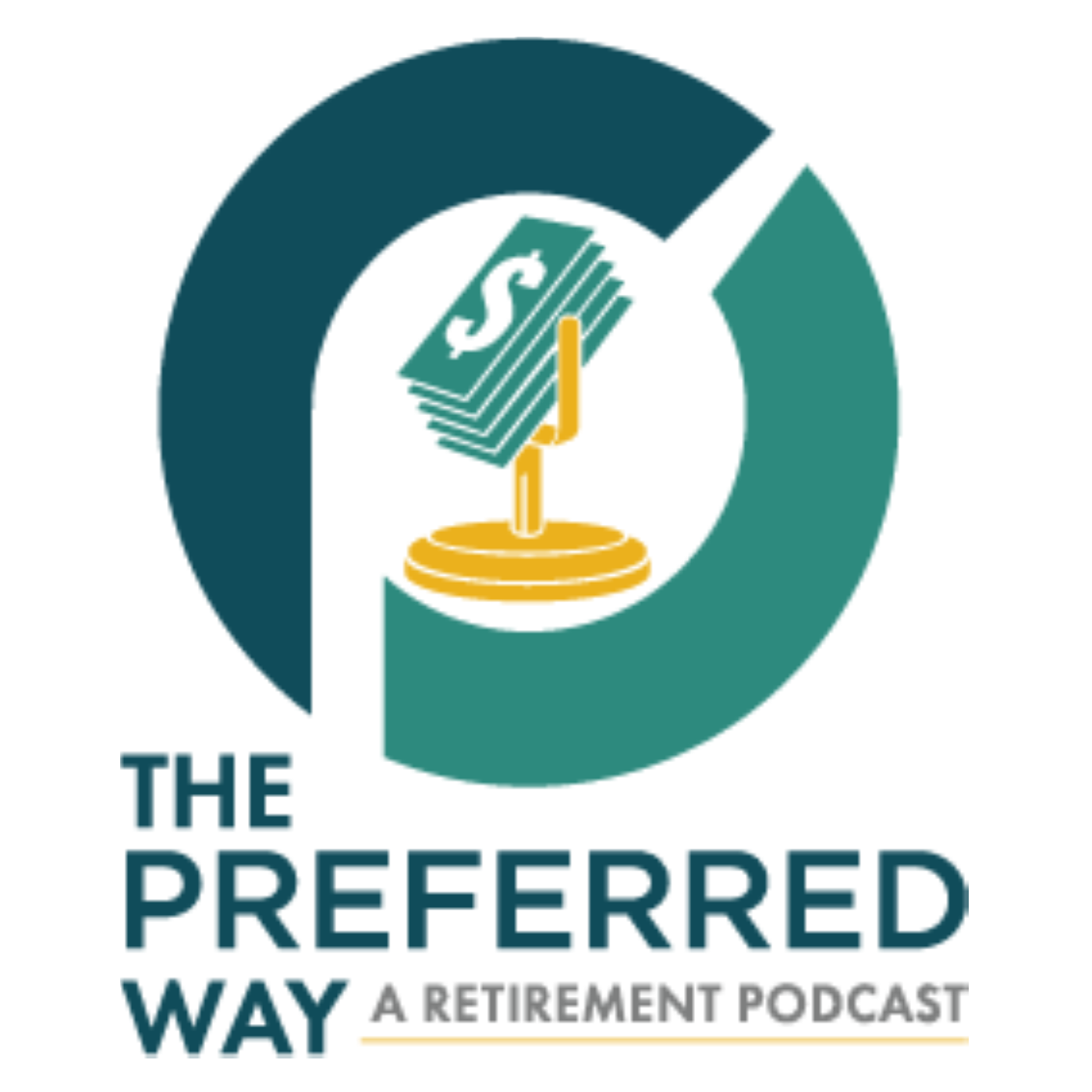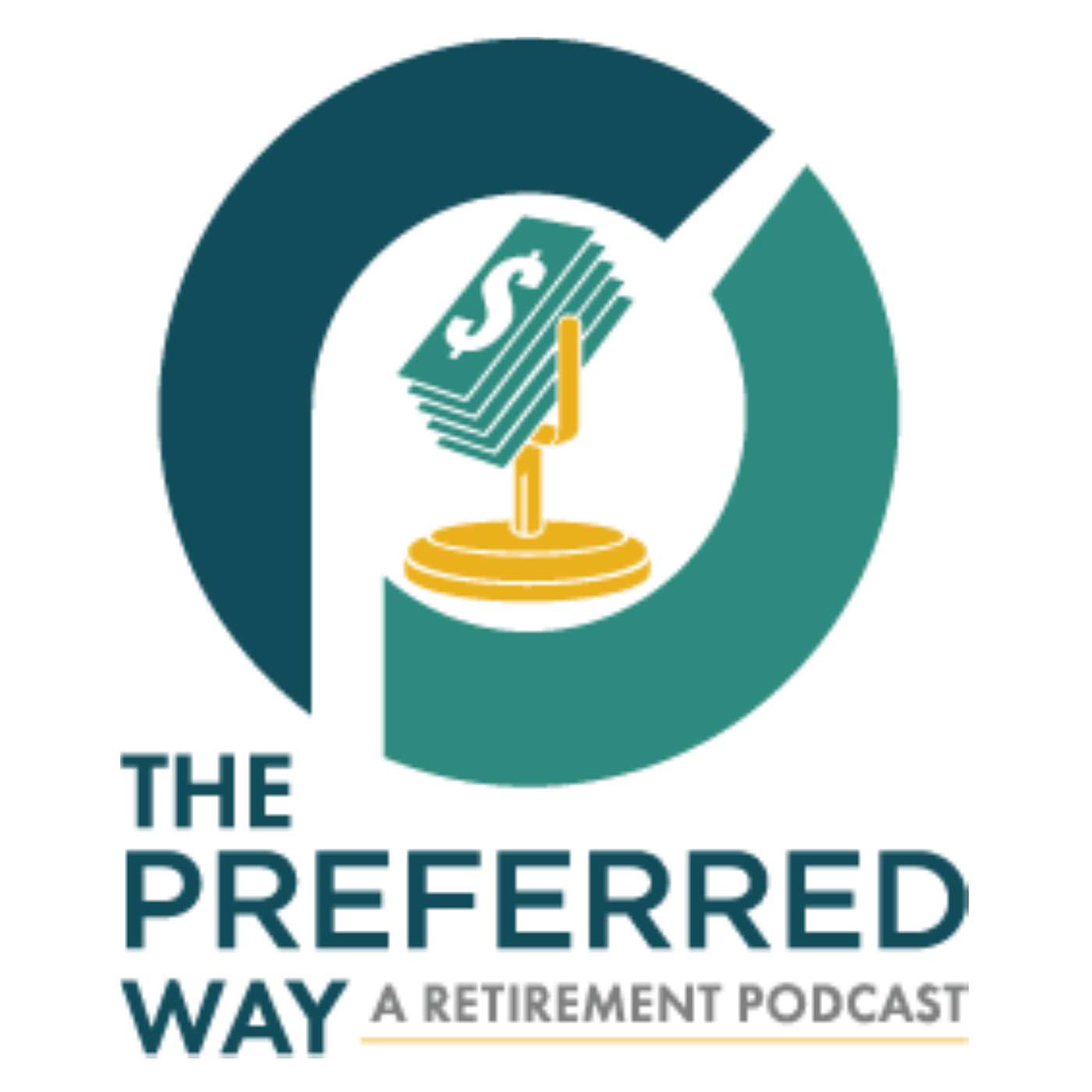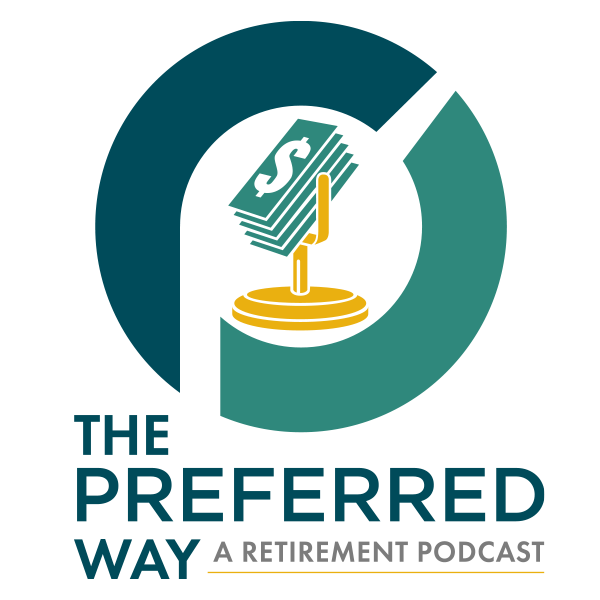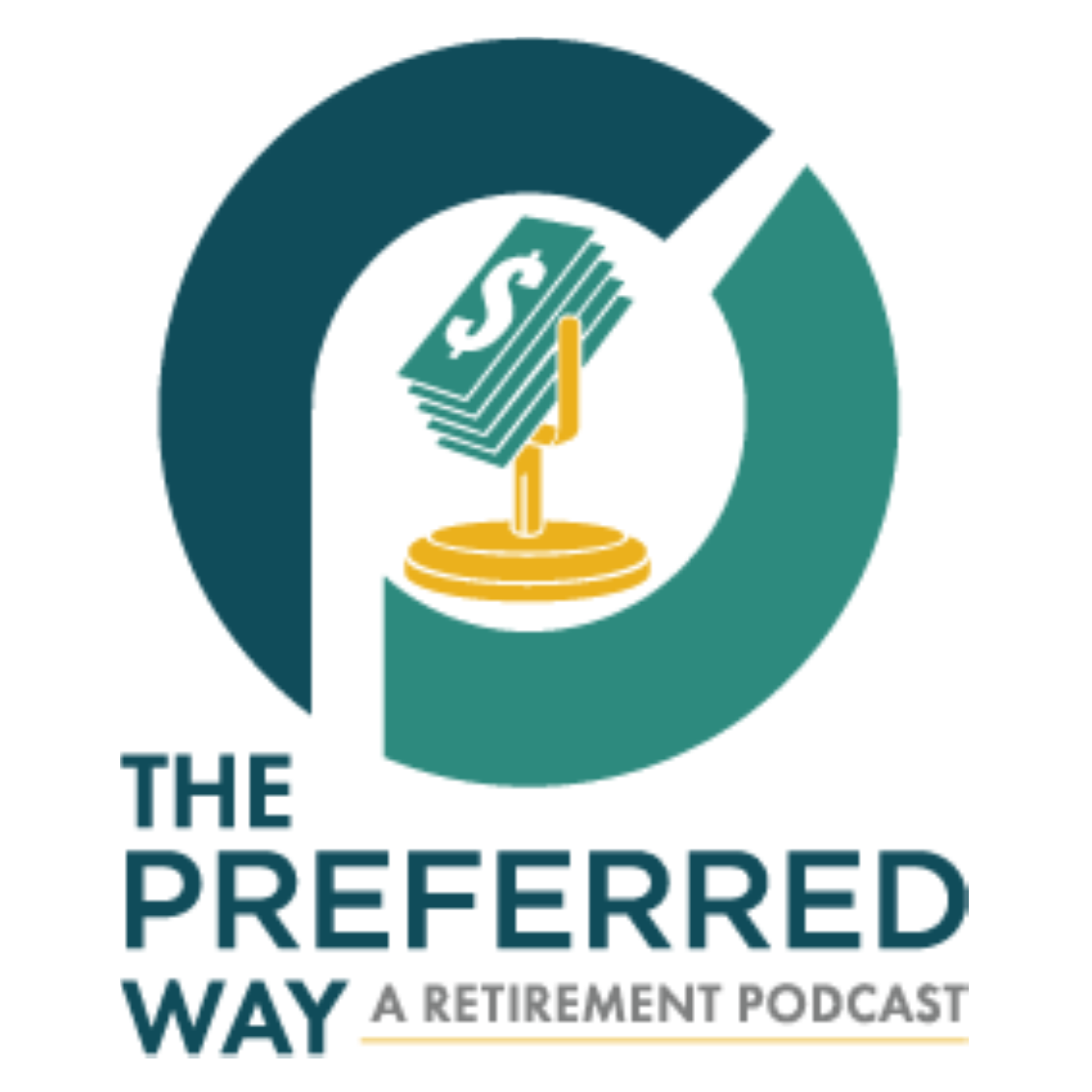[00:00:01] Speaker A: You're listening to PTC point of view, brought to you by preferred trust company, the preferred custodian for all alternative investments. We're here to provide retirement savers like you with the tools you need to succeed. Need a confidence boost when it comes to investing outside of the stock market? Do you want the power to build a tax sheltered nest egg that will last through your golden years? You've come to the right place. Turn up your speakers and turn off cruise control, because we're taking you on the alternate route to investing with your IRA.
[00:00:41] Speaker B: Okay. Welcome back to another episode of PTC Point of View. We have a very exciting episode today. We are talking about Roth Iras and what they are, the benefits of them, the drawbacks of them, contributions, everything relating to Roth IRAs. And at the very end, we will be explaining how to open a Roth IRA at preferred trust company. And helping me with that today is Chris Trembley, director of operations.
[00:01:13] Speaker C: Thanks for having me.
[00:01:15] Speaker B: Yeah, of course.
[00:01:15] Speaker C: Excited to be here. It's Roth, the best gift the federal government ever gave to the american citizen. Yeah, perfect is your ability to open a Roth.
[00:01:26] Speaker B: Yeah, I don't think a lot of people know about them, so we're trying to do our part to educate our listeners about them and really inform people how easy it is to open one and that there are major benefits to having one.
[00:01:44] Speaker C: Yes. And I think the most important thing, too, to note before we even get started, is that no matter what age you are, if you don't have a retirement account already started somewhere, if you don't have an employer provided 401k plan or any kind of retirement savings plan that you can get started with an IRA at any point, start making contributions. So never too early to get started, never too late type of thing, just the time is now to do it.
[00:02:13] Speaker B: Agreed. So let's first start off by explaining what exactly is a Roth IRA and how does it differ from traditional retirement accounts?
[00:02:25] Speaker C: So the Roth IRA actually offers tax free growth and then tax free withdrawals in retirement. So different than a traditional, where, remember, anything you withdraw from a traditional IRA is taxable. Same thing with a SAP and a simple. But the Roth is.
I mean, it's fantastic. It's the best thing ever because you can put in that money and withdraw tax free and watch it grow tax free. So under IR's rules and regulations, basically, if you've owned your Roth account for five years and you are age 59 and a half or older, you can withdraw all of the money however much you want to, and you won't owe any federal taxes on those monies? So 59 and a half and have that Roth for at least five years.
[00:03:17] Speaker B: So to clarify, traditional iras, you're taxed when you take it out.
[00:03:25] Speaker C: Correct.
[00:03:25] Speaker B: Roth IRAs, it's taxed when you put it in.
[00:03:28] Speaker C: Correct. So traditional is tax deferred. Right. So you're growing your retirement account. Tax deferred, and then depending on when you take it out, you could face tax end penalty if you're before the age of 59 and a half. But there is going to be taxation on it at any point, whenever you do take it out, and you're required to take it out. So we'll talk about some of that when we talk about the benefits of the Roth, but different than a traditional. So a Roth account, you're taking out those funds tax free?
[00:03:59] Speaker B: Yep. Cause you already paid taxes and you put it.
[00:04:02] Speaker C: Yes.
[00:04:03] Speaker B: Perfect. So let's jump right into reasons why you should contribute to a Roth and kind of the benefits. I know we briefly just mentioned a couple. Obviously, tax free growth.
[00:04:15] Speaker C: Tax free growth, right. And so remember, obviously, as you get into your retirement age and things start to change, you know, above 59 and a half, then your funds may be a little bit tighter, your personal funds, and what you have available to spend and what you have available to live on is going to be different than during your working years. Right. And so it's advantageous to then have that available, the Roth account available, to not have to worry about then taking and paying taxes on any funds that you take from the retirement account. So that's one huge benefit.
The withdrawals off of your Roth account also won't raise your risk of being taxed on Social Security benefits, which is fantastic. And you don't have to take RMD's required minimum distributions. So you are not required to take your funds out of the Roth account while you're still living. Now, there are some nuances to that. After your death, if you're leaving your Roth account to a beneficiary. But today, for today's purposes, we're talking about while you're still living, you've reached retirement age. Now, you can take out the funds whenever you want, but you're not required to in a traditional IRA, you must start taking distributions when you reach the age of 73 per the IR's. So even if you don't want to, which I've had clients tell me, I don't want to take my money out, doesn't matter. You don't have a choice. But with a Roth, you don't have to take it out.
[00:05:34] Speaker B: Very nice.
[00:05:35] Speaker C: And by the way, I meant to mention this earlier. The contribution limits for 2023 are 6500 for a Roth. And if you're 50 years old or older, it's $1,000 more at 7500. So those are important things to remember, what the contribution limits are.
[00:05:49] Speaker B: Let's move on to the drawbacks of a Roth IRA. Everyone wants to know the disadvantages right before they get into something, right?
[00:05:59] Speaker C: And so we always say, you know, the most important thing about any retirement account is that you do have a CPA that you're speaking with, because I think that's super important, especially with a Roth account. We're going to talk a little bit why here in just a second. But having a good CPA or tax specialist that you can ask these questions to and help you through this is really important. But one disadvantage of the Roth is that if you make too much money, you are not able to contribute. So the limits that 6000 507,500 is based on your modified adjusted gross income and your tax filing status. So actually, if you went on the IRS dot gov website and you looked at the section on Roth contributions, there's actually an outline of how you can tell if you can contribute based on what you make and based on how you file your taxes. So, modified adjusted gross income, in the simplest terms, is your adjusted gross income, plus a few other items like exempt or excluded income, certain deductions. Deductions. So that's how the IR's kind of determines. They use your magi to determine your eligibility for certain deductions, credits and for retirement plans. So that's one of the disadvantages. It's important that you look at that chart when you're getting ready to make your contribution, because what you don't want to do is make a contribution when you can't because there's penalties for that from the IR's. So that's important.
[00:07:25] Speaker B: Yeah, very important.
[00:07:26] Speaker C: Yeah.
And then an obvious disadvantage is that the contributions are not tax deductible, but the distributions are tax free. So it kind of offsets that, whereas contributions to a traditional IRA are tax deductibles. So it's a little bit different. But then on a traditional IRA, you're going to pay taxes when you take distributions out, so you can see how one offsets the other. And then, of course, the contribution limits, like we just just mentioned, are relatively low, $6,500 and 7500. If you're 50 years or older, you may still need other retirement vehicles to save for retirement, depending on when you actually start your retirement account, how much you already have saved, what you're investing in. Got to consider all of that and really wanting to maximize your contributions every year if you're able to.
[00:08:20] Speaker B: Yeah, absolutely.
[00:08:21] Speaker C: Not skipping any.
[00:08:22] Speaker B: And you can always have more than one account.
[00:08:24] Speaker C: Correct.
[00:08:24] Speaker B: Like you said.
[00:08:25] Speaker C: Correct.
[00:08:25] Speaker B: Having a traditional and a Roth get the benefits of both. You can do different things with both.
[00:08:31] Speaker C: That's right.
[00:08:32] Speaker B: So always something to remember.
So let's talk a little bit about the five year rule. Can I withdraw Roth IRA contributions without triggering the five year rule?
[00:08:46] Speaker C: Yes. So your contributions can be withdrawn at any time without penalty or taxes. The earnings are what is subject to the five year rule. So if you have funds in your Roth account and you've invested them in something, and then that investment is making money. Income, dividends. You can't take out the earnings until you've had the account at least five years.
[00:09:10] Speaker B: Okay. Let's say, for example, I open an account, I contribute $5,000. I invest in something alternative, let's say real estate. I make $2,000 on that investment. Very high returns. Right. Just for this example, I. After five years, I can take out that initial 5000 contribution.
[00:09:34] Speaker C: And the two if you wanted to.
[00:09:35] Speaker B: And the two if it's after five years. After five years, correct. Before the five years, I can only take out the $5,000 contribution, but I have to keep the 2000 earnings in the account.
[00:09:46] Speaker C: Correct. Once you reach that five year limit, then you can go ahead and take it all if you wanted.
[00:09:51] Speaker B: Yeah. So that's a very. A good benefit, I would say. Easy access to your money. It's not like it's locked up in an account for 30 years. And something I have been hearing a lot about lately is a backdoor Roth. Let's discuss what exactly that is, because I don't think a lot of people know about it.
[00:10:13] Speaker C: Yes, it sounds so, you know, like on this, on the side, or on the slide, back door Roth. But, yes, it's. Ir's approved. It's something that you can do. So we talked earlier about, you know, what if I max out? I can't make contributions to my Roth because my adjusted gross income and my tax filing status don't allow me to make contributions directly to the Roth. Like, what are my options? So you can actually open a traditional IRA and contribute to the traditional IRA and then convert those funds to the Roth IRA. So very cool. Yes, that. Now, remember, you are going to pay taxes on the money that you contribute to the. To the traditional, as it goes. Through the conversion, as you take it from the traditional to the Roth, then it's taxable right then and there.
But that's a way to get that money into the Roth. Then once in the Roth, you can use it to grow it tax free. So that's a great way. We have a lot of people that are doing that today.
[00:11:08] Speaker B: So if someone is making too much money to open a Roth IRA, this is kind of their way around that, correct?
[00:11:15] Speaker C: Exactly. So they can still contribute and then convert it. They're paying taxes on the money that they convert. But a great way to build that Roth account, even if you make too much money.
[00:11:24] Speaker B: Yep, there's ways around it.
[00:11:25] Speaker C: There is.
[00:11:26] Speaker B: Well, let's get into how exactly to open a Roth IRA at preferred trust Company. I know it's a pretty easy process. Can you just walk us through that?
[00:11:36] Speaker C: Sure, you can go. Well, you can reach out to us anytime. We can assist you with it. But you can go directly to our website, preferredtrustcompany.com, and you can go over to the forms page. And the applications are right there. On the forms page, there's an application for a Roth account. You can complete it online electronically and go and just do it. All right there. It's right at your fingertips. Or if you're more comfortable downloading a PDF version of the application, you can do that and then physically sign it and send it to us. Once we receive your application. Either way, we'll contact you to find out how you plan to fund your Roth account. Your new Roth account. Remember, you can transfer funds from another Roth account that you might already have established somewhere. You can also transfer funds from a traditional account and convert it to that new Roth. So let's say you have a traditional IRA sitting at, I don't know, Edward Jones or Wells Fargo or something like that, and you're like, well, I want to convert those funds and put it in a Roth. You can do that. We will first open a traditional account, a preferred trust company, for you. We'll transfer those funds from the other custodian, and then we'll convert it to your new Roth account. So we can do that for you, or you can just start brand new and make a contribution, and we can accept contribution funds via direct deposit, via wire, via check.
So really up to you how you want to make that contribution. But we make it really fairly easy for you to get that account open.
[00:12:59] Speaker B: Yeah. Easy process, yes. How long would you say it takes if they are opening up a new account with us?
[00:13:04] Speaker C: Just a few days. Once we get your application, two to three days at most. We run it through our compliance, which we're required to do because we're a financial institution. But just a couple days. And in the meantime, you know, you can decide on how you want to fund that Roth account. And then from, we go from there. So it can be very quick. Two to three days. If we're transferring funds from another Roth account, it could take a little bit longer, depending on the outgoing custodians transfer time.
But, you know, otherwise, fairly quickly, fairly quick process.
[00:13:33] Speaker B: Awesome.
[00:13:33] Speaker C: Yeah. So if you have any questions about opening a Roth IRA, if you want to speak with a client service agent about it, just give us a call. Toll free 888-990-7892 you can select either option one or two to open a new account. We can walk you through the process and answer any questions you might have.
[00:13:51] Speaker B: Awesome. Thank you so much for joining me today, Chris.
[00:13:54] Speaker C: Thanks for having me, Maddie.
[00:13:55] Speaker B: And thank you to our listeners. We will see you next week with another episode.
[00:14:00] Speaker A: Thanks for joining us for another episode of PTC Point of View, where retirement savers meet alternative investments. Know someone who's struggling with their retirement strategy? Tell them about our show. Can't wait for the next episode. To learn more, visit our website
[email protected] or give us a call at 888992.



